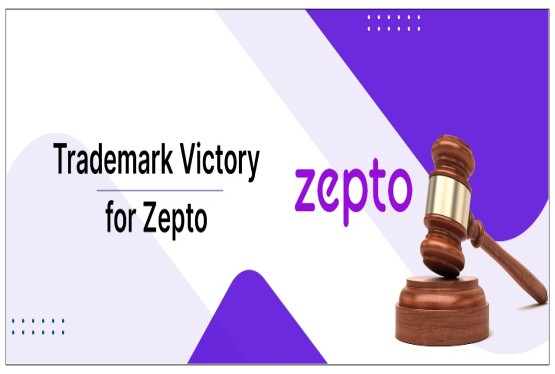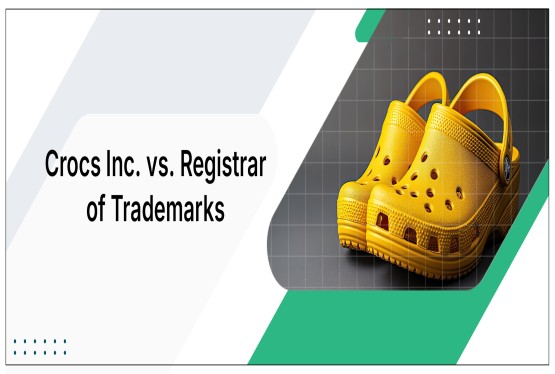When businesses consider trademark registration, one of the initial decisions they face is choosing the type of trademark to register. Two common types are word marks and device marks, each serving distinct purposes and offering unique protection. Understanding their differences is essential for effective brand protection.
What is a Word Mark?
A word mark protects the textual or written part of a trademark. This includes the brand name, slogan, or any alphanumeric combination. It secures the legal rights over how the name or phrase is written, regardless of style, font, or color. For example, registering "Google" as a word mark ensures the name is protected, irrespective of its presentation.
Features of a Word Mark
-
Protects the textual representation of the trademark.
-
Provides broader protection as it applies to the word itself, regardless of style or design.
-
Easier to enforce against similar-sounding or phonetically identical names.
Examples of Word Marks in India
Flipkart & Tata
What is a Device Mark?
A device mark includes graphical elements, logos, or stylized text. It protects the visual appearance of a trademark, including shapes, images, or artistic representations. This type of mark is often used when the logo plays a significant role in brand recognition.
Features of a Device Mark
-
Protects the visual or graphical design of a trademark.
-
Coverage is limited to the specific design registered.
-
Essential for logos or unique artistic representations.
Examples of Device Marks in India
McDonald's Golden Arches and Coca-Cola
Key Differences Between Word Marks and Device Marks
|
Aspect |
Word Mark |
Device Mark |
|
Definition |
Protects the textual component of a trademark. |
Protects the graphical representation or logo. |
|
Scope of Protection |
Broader; covers all visual and stylized uses. |
Limited to the specific design registered. |
|
Purpose |
Secures the brand name or slogan. |
Secures the logo, symbol, or graphical design. |
|
Examples |
Flipkart, Tata, Google |
McDonald's arches, Nike swoosh, |
Choosing Between Word Mark and Device Mark
When to Register a Word Mark
-
When the brand name is the primary identifier.
-
For businesses planning to use multiple logo styles.
-
To secure broader protection against phonetic similarities.
When to Register a Device Mark
- When the logo or graphical design is central to the brand identity.
- For businesses with a unique and recognizable visual representation.
- To protect artistic or stylized elements that distinguish the brand.
Can You Register Both?
Yes, businesses often register both a word mark and a device mark for comprehensive protection. For instance, the name "Nike" is protected as a word mark, while the swoosh logo is a device mark. This dual registration ensures that both the name and the logo have independent legal protection.
Relevant Sections Under the Trademarks Act, 1999
- Section 2(1)(zb): Defines "trademark" and includes word and device marks.
- Section 18: Provides for the filing of trademark applications.
Statistics on Word and Device Marks in India
Over the past decade:
-
Word Mark Applications: ~65% of total trademark filings.
-
Device Mark Applications: ~35% of total filings.
Approval Rates (2015–2023)
-
Word marks: 75% success rate after examination and objections.
-
Device marks: 60% success rate, as artistic elements often face higher scrutiny.
Common Challenges
Word Marks
-
Risk of rejection due to generic terms.
-
Similar-sounding or descriptive words may lead to objections.
-
Higher rejection rates due to similarity with existing logos.
-
Requires precise representation during application.
Conclusion
Choosing between a word mark and a device mark depends on the nature of your brand and how you intend to use it. While word marks offer broad protection, device marks are indispensable for safeguarding unique visual identities. For comprehensive protection, registering both types is often the best strategy. Understanding these distinctions ensures your brand assets are well-protected, fostering long-term growth and recognition.






























_(b)_of_the_Trademark_Act,_1999_(1)_crop10_thumb.jpg)



_crop10_thumb.jpg)




























_crop10_thumb.jpg)
_crop10_thumb.jpg)






_crop10_thumb.jpg)








_crop10_thumb.jpg)



_crop10_thumb.jpg)





























_crop10_thumb.jpg)

















_crop10_thumb.jpg)






_crop10_thumb.jpg)











































































































































_crop10_thumb.jpg)




































_crop10_thumb.jpg)












_crop10_thumb.jpg)































